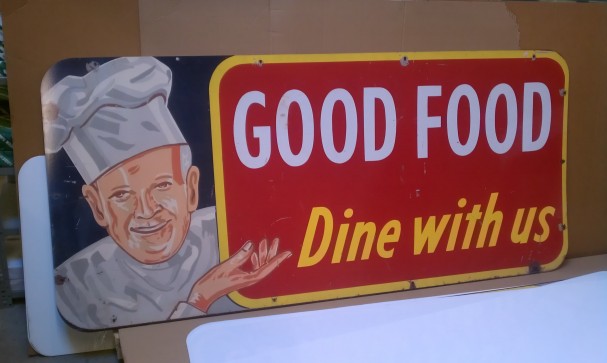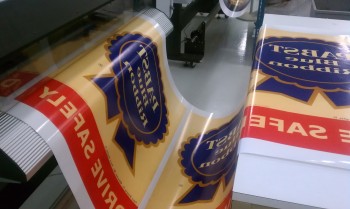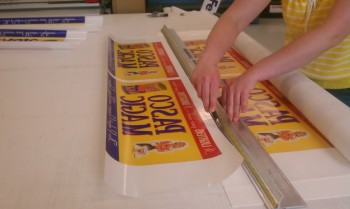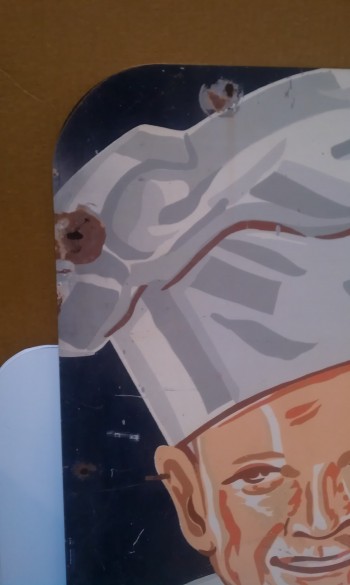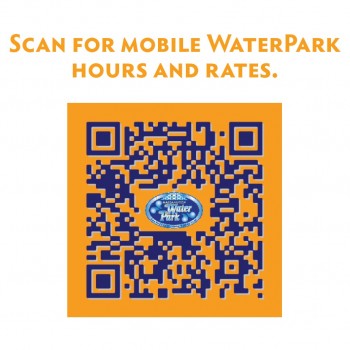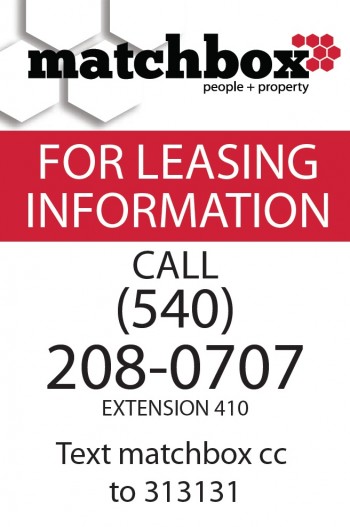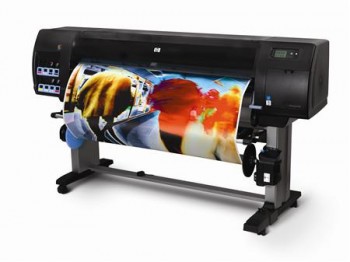Steven James Collins, a professional photographer based in San Francisco, aims to help eradicate the scourge of human trafficking and modern day slavery by raising awareness through a traveling photography exhibition that begins this Saturday, May 19, at 7 p.m. at the HourGlass Art & Wine Gallery in Rancho Cucamonga, Calif.

The Modern Day Slavery Awareness Photo Exhibit has been printed on LexJet Sunset Photo Metallic Paper, donated by LexJet to help support the goals of the project, and printed by Sam Hoffman on a Canon iPF8300, owner of LightSource San Francisco. The exhibit features 21 large iconic and luminescent images created by Collins to represent the horrors of human trafficking and slavery.
“Just as important as the content itself is the delivery medium on which it is displayed. We feel blessed to have found the LexJet Sunset Photo Metallic Paper as the medium,” says Collins. “The impact is exponentially greater to our viewing audience with this product. These images reach out of the paper and grab you from the first glance. And believe me, this is not just our professional opinion; the feedback we already have received of how unique and powerful the prints are on this paper has been nothing short of remarkable. We are so exceedingly happy to have LexJet Sunset Photo Metallic Paper as the visual backbone of this vital cause”
The Modern Day Slavery Awareness Photo Exhibit will be showcased at the HourGlass Art & Wine Gallery from May 19 through June 9. From there, the exhibit plans to travel to San Francisco, Berkeley, Los Angeles, New York City and Maysville, Ky., home of the National Underground Railroad Museum. Other dates and locations are being negotiated with galleries and museums across the U.S., as well as plans to take the exhibit to international venues.
It is estimated that 10 to 30 million people are in some form of slavery (debt bondage, sex slavery, child soldiers and labor slavery); 75 percent of those in bondage are female and more than 50 percent are children. Sex trafficking is the most common form of modern slavery and is the fastest growing and second-largest existing crime worldwide.
The premier of the Modern Day Slavery Awareness Photo Exhibit on Saturday, May 19 at HourGlass Art & Wine will include a press preview from 3-5 p.m., a VIP cocktail hour from 6-7 p.m., presentations by activists Dr. Ken Morris and Aaron Cohen from 8-9 p.m., as well as talks by Collins and spokesperson Shannon Johnson.
“Our team’s philosophy is rooted in the basic human need for the connection and love we feel for our families. For us, activism stems from rejoining families torn apart,” states the Team Philosophy and Goals of the exhibition. “Once you’re aware of the horrors other families are enduring, such as daughters or sons being kidnapped, raped, tortured and forced into underage sex slavery debt bondage/labor, how can we not take action?”
For more information about the traveling exhibit, how you can help, and updates on the dates and venues of future exhibitions, go to www.stevenjamescollins.com. For more information about LexJet, go to www.lexjet.com and the print provider, LightSource SanFrancisco, go to www.lightsource-sf.com.

